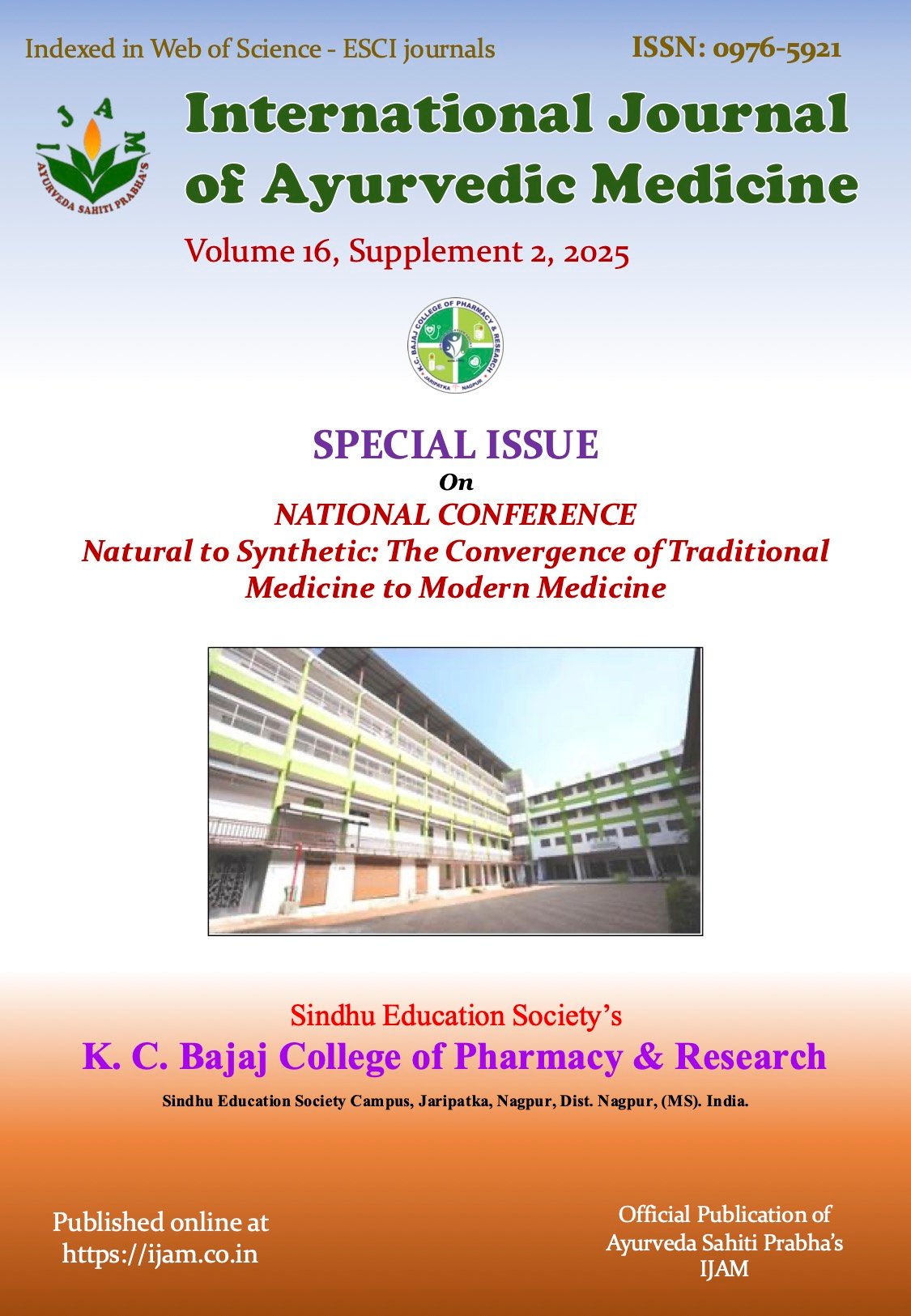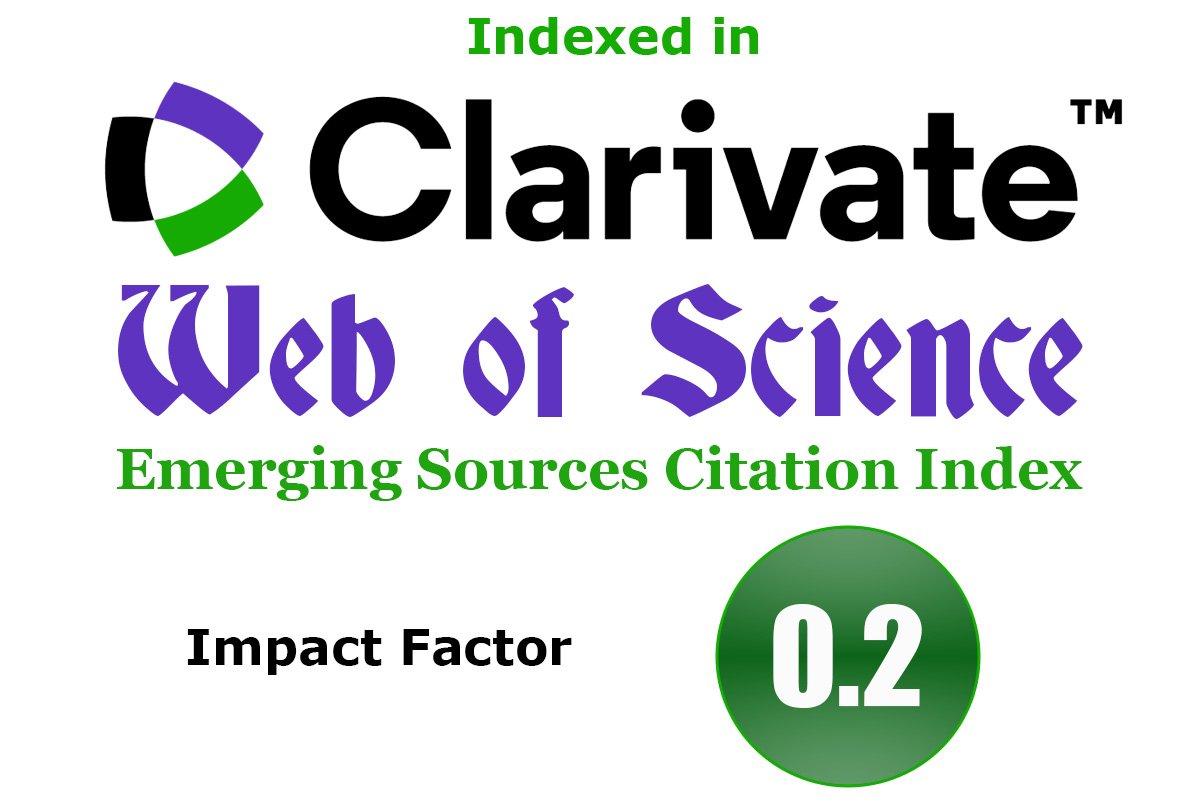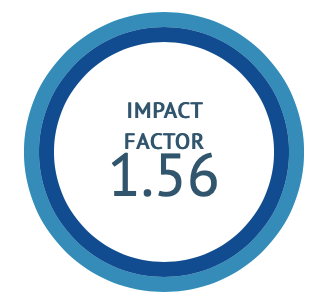Ethanopharmacology, Pharmacognostic Exploration, Formulation and Evaluation of A Topical Gel Containing Euphorbia Hirta Linn Plant Extract
DOI:
https://doi.org/10.47552/ijam.v16iS2.6287Keywords:
Euphorbia hirta, Traditional medicine, Phytochemicals, Anti-inflammatory, Topical gelAbstract
The medicinal plant Euphorbia hirta Linn, commonly referred to as asthma weed or pill-bearing spurge, can be found across tropical and subtropical regions. Its bioactive elements, which include flavonoids, alkaloids, tannins, and saponins, have been accountable for its medicinal qualities and have been utilised in traditional medicine for quite a while. A wide range of pharmacological actions, including anti-inflammatory, antibacterial, antifungal, antioxidant, and antidiabetic properties, have been demonstrated for E. hirta. Because of its broncho-dilatory and expectorant qualities, studies have also shown that it may help with respiratory ailments like cough, bronchitis, and asthma. E. hirta exhibits promise in the treatment of gastrointestinal issues, skin ailments, and a number of inflammatory conditions in addition to respiratory health. In order to fully investigate E. hirta's medicinal potential, it is crucial to combine traditional knowledge with contemporary scientific study. To gain a greater understanding of the plant's significance in modern medicine. In the current investigation, the ethnopharmacological assessment of the plant has been conducted. The formulation and subsequent evaluation of a topical anti-inflammatory gel incorporating Euphorbia hirta Linn. extract has been performed.
Downloads
Published
How to Cite
Issue
Section
License
Copyright (c) 2025 International Journal of Ayurvedic Medicine

This work is licensed under a Creative Commons Attribution-NonCommercial-ShareAlike 4.0 International License.
The author hereby transfers, assigns, or conveys all copyright ownership to the International Journal of Ayurvedic Medicine (IJAM). By this transfer, the article becomes the property of the IJAM and may not be published elsewhere without written permission from the IJAM.
This transfer of copyright also implies transfer of rights for printed, electronic, microfilm, and facsimile publication. No royalty or other monetary compensation will be received for transferring the copyright of the article to the IJAM.
The IJAM, in turn, grants each author the right to republish the article in any book for which he or she is the author or editor, without paying royalties to the IJAM, subject to the express conditions that (a) the author notify IJAM in advance in writing of this republication and (b) a credit line attributes the original publication to IJAM.





